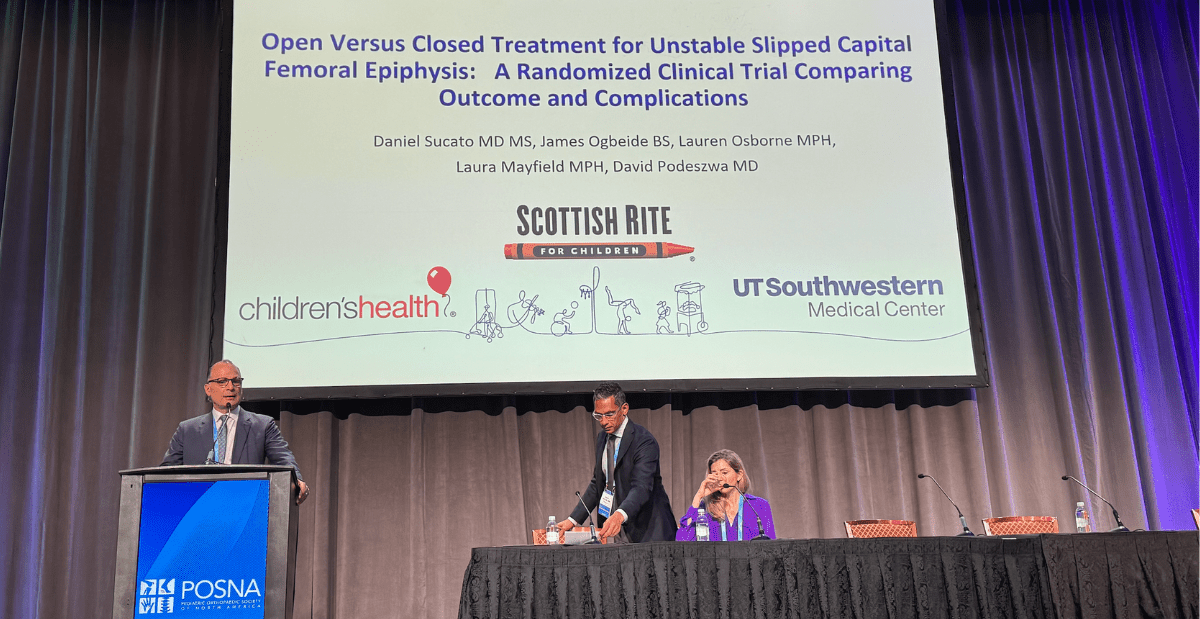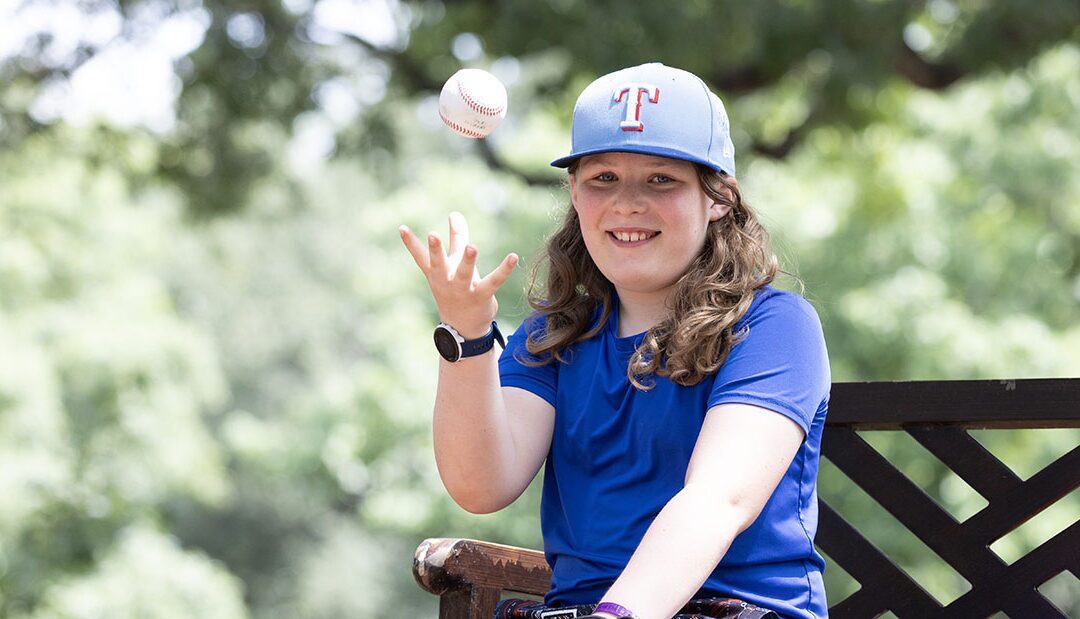
Get to Know Our Staff: Dominic Chittilappilly, Shared Services
What is your job title/your role at Scottish Rite?
I am an application coordinator on the IT Empower team. I mainly work in Epic and write the structured query language (SQL) reports for the Research team.
What is the most fulfilling part of your job?
I contribute to the mission of Scottish Rite by supporting the applications that help deliver world-class pediatric care. I feel proud knowing my work plays a part in helping the Research team develop innovative solutions, which improves the lives of children and their families.
What makes Scottish Rite a special place to you?
Scottish Rite is special because every person here is united by the mission. No matter your role, you know your work is making a difference in a child’s life.
What made you choose a career in health care?
I chose health care because it is meaningful to know that even though I don’t work in the clinic, the systems I support will help clinicians and researchers provide the best care possible for children and their families.
What is something unique you get to do in your position?
I get to bridge the gap between technology and health care by creating reports in Epic to support research. It is rewarding to assist researchers and clinicians by gathering data more efficiently and in the form of a report, which ultimately contributes to advancing patient care.
What’s your favorite thing to do outside of work?
I like to watch action and thriller movies in my free time. I also love listening to various types of music.
Do you have any hidden talents?
I like to sing songs in my native Indian language, Malayalam.
Where are you from, and what brought you to DFW?
I am from South India. I came to Texas in 2001 to live here with my family.
If you could travel to anywhere in the world, where would you go and why?
I want to travel to Greece to see the wonderful architecture and stunning natural beauty.
If you had to pick one meal to eat for the rest of your life, what would it be?
I would love to eat homemade Indian foods for the rest of my life. It reminds me of my home back in India.
What movie do you think everyone should watch at least once?
I highly recommend everyone to watch all the movies from the “Mission Impossible” series at least once in their lifetime.
What is the first concert you attended?
My daughter took my wife and I to see Twice, a K-pop girl group, as my first ever concert.
What Is your favorite DFW hidden gem?
I like to walk and shop around Legacy West in Plano. There are many restaurants to eat at.
If you were to have a movie based on your life, which actress/actor would you choose to play your character?
Harrison Ford or Matt Damon. They are some of my favorite actors.
What is some advice you would give your younger self, OR what’s the best piece of advice you’ve received?
Your past failures do not determine your success in the future.








